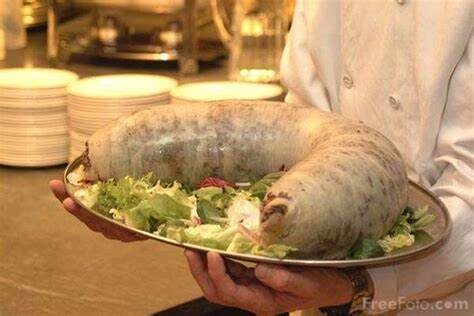
Introduction:
Embarking on a culinary journey often involves savoring the familiar and relishing the delicious. However, there exist gastronomic frontiers that push the boundaries of taste and challenge our preconceived notions of what is edible. In this article, we delve into the realm of the extraordinary, presenting you with a list of the 10 weirdest dishes that might make you think twice before taking a daring bite.
Balut Delicacy:
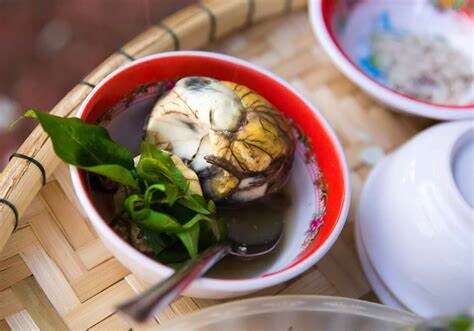
The first on our list is the enigmatic Balut – a dish that raises eyebrows and initiates debates among food enthusiasts. Originating from the Philippines, Balut is a fertilized duck egg with a partially developed embryo. As you crack open the shell, you’re met with a mix of textures and flavors that challenge the conventional palate.
Hákarl:
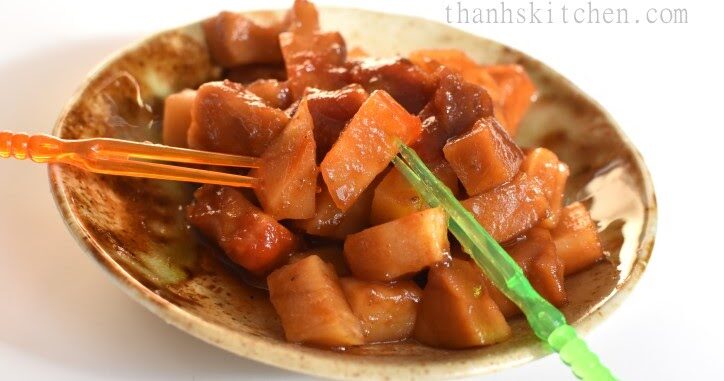
Icelandic cuisine introduces us to Hákarl, a dish that demonstrates the island nation’s unique approach to preserving and consuming shark meat. Fermented and cured for several months, Hákarl’s strong ammonia-like aroma and acquired taste are not for the faint-hearted.
Casu Marzu:
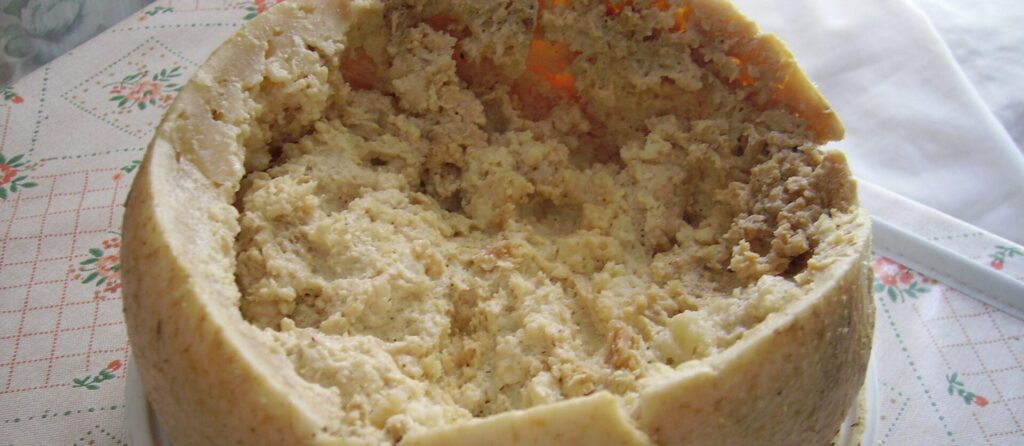
Sardinia brings us Casu Marzu, a traditional cheese with a twist – or rather, a wriggle. This pecorino cheese is intentionally infested with live insect larvae, creating a soft, spreadable delicacy that captures the essence of Sardinian culinary audacity.
Snake Wine:
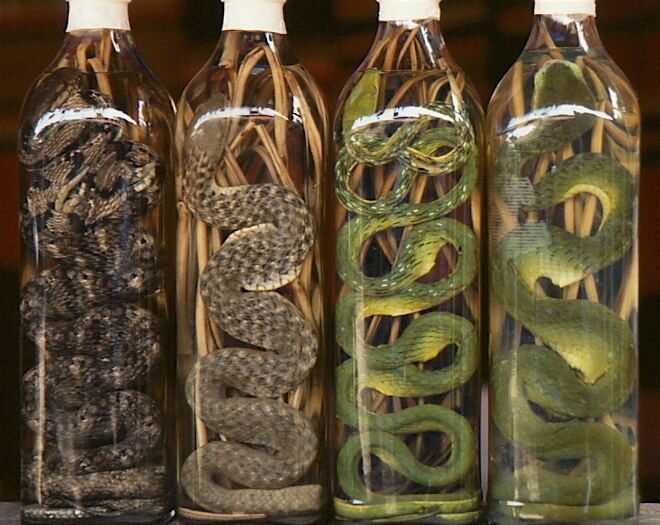
From the depths of Southeast Asia emerges Snake Wine, a beverage that blends the world of spirits with a daring twist. Snakes are submerged in rice wine, infusing the liquid with their essence. The result is a potent concoction that challenges the boundaries between libation and exotic culinary experience.
Century Egg:
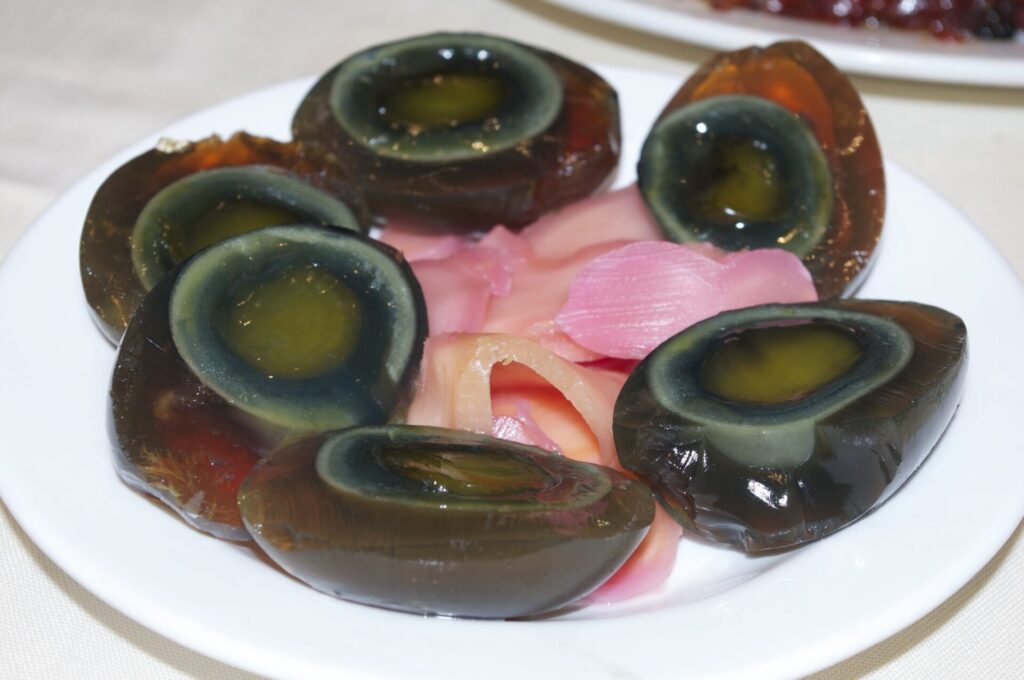
China introduces us to Century Eggs, a delicacy that defies the conventional definition of freshness. Preserved for weeks or even months, these eggs undergo a transformation in texture and flavor, providing a unique experience for those willing to venture into the world of preserved gastronomy.
Fugu:
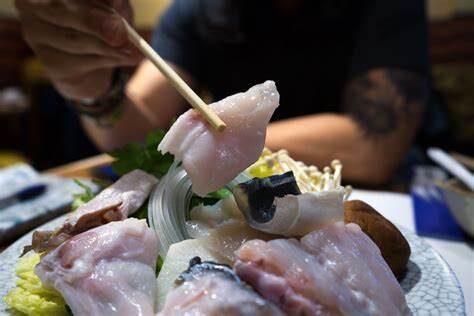
In Japan, Fugu, or pufferfish, takes center stage as a culinary delicacy with a catch – certain parts of the fish contain a potent neurotoxin. Only licensed chefs are permitted to prepare this dish, adding an element of suspense and danger to the dining experience.
Stargazey Pie:

From the British culinary repertoire emerges Stargazey Pie, a dish that challenges both visual and gustatory senses. Featuring fish heads poking through the pastry crust, this quirky pie is not just a meal but a whimsical work of art on the plate.
Escamol:

Mexico introduces us to Escamol, a dish that involves harvesting ant larvae from the roots of agave plants. Often referred to as “insect caviar,” Escamol brings a unique nutty flavor to the table, showcasing the diversity of Mexican cuisine.
Rocky Mountain Oysters:
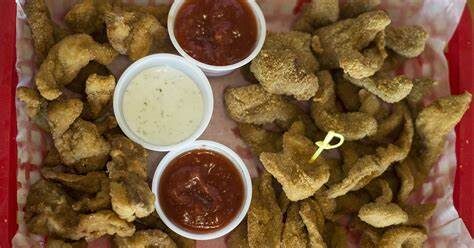
Venturing into the American West, we encounter Rocky Mountain Oysters – a dish that, despite its name, has nothing to do with seafood. Instead, it features deep-fried bull testicles, challenging the notion of what can be considered a culinary delicacy.
Tuna Eyeball:
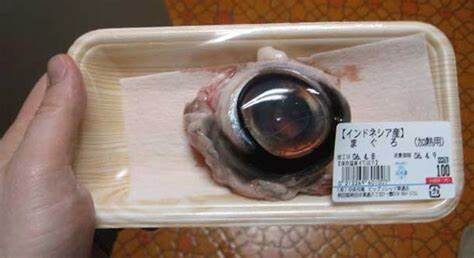
Closing our list is the Tuna Eyeball, a Japanese dish that might make you reconsider the limits of seafood exploration. Rich in gelatinous textures and brimming with flavors, these eyeballs offer a unique glimpse into the less explored corners of oceanic cuisine.
RELATED
- 10 Weirdest Natural Phenomena that will Baffle you.
- Weirdest Inventions Ever Made: You would never believe they exist!!!!
- Animal Superpowers: Nature’s Marvels That Put Humans to Shame
- Humble to Historic: 10 Most Amazing Inventions That Changed the World
Conclusion:
Embarking on a culinary adventure often involves pushing the boundaries of taste and embracing the unfamiliar. The 10 weirdest dishes presented in this article showcase the diverse, eccentric, and sometimes audacious nature of global cuisine. While these dishes may not be for everyone, they undoubtedly add a layer of intrigue and surprise to the world of gastronomy.
FAQs:
- Is it safe to eat Balut?
- Balut is generally safe to eat when properly cooked, but individuals with sensitivities or ethical concerns may choose to avoid it.
- What does Hákarl taste like?
- Hákarl has a unique taste, often described as ammoniacal and pungent due to the fermentation process of shark meat.
- How is Casu Marzu made?
- Casu Marzu is made by intentionally infesting Pecorino cheese with live insect larvae, promoting fermentation and creating a soft, spreadable texture.
- Are Century Eggs really a hundred years old?
- No, Century Eggs are not a hundred years old. They are preserved using a mixture of clay, ash, salt, quicklime, and rice straw for several weeks to months


